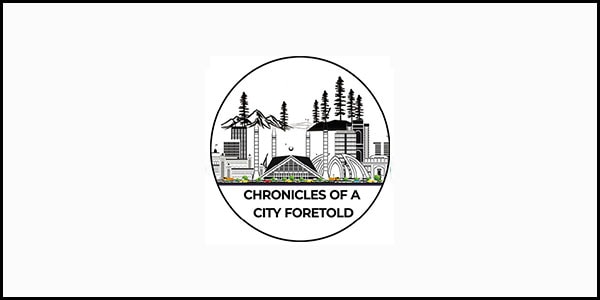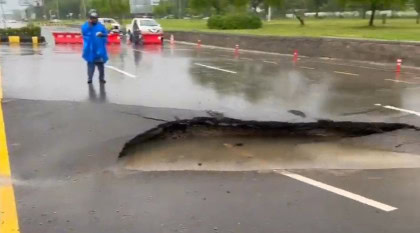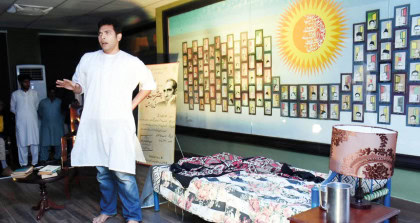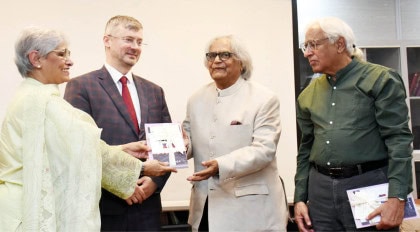Cafés, chaos and vanishing trees Urban Bystander
It was raining again in Islamabad — that soft, sentimental drizzle that brings Faiz to mind and forgotten umbrellas to hand. Drawn by the scent of rain-soaked earth, I wandered out for a walk. For a fleeting moment, it felt as if the city was whispering to itself. But the illusion faded quickly. At the corner stood yet another tree stump, a fresh excavation site, and the skeletal grin of a half-built plaza.
What once was a residential sanctuary now resembles a confused recipe: one part concrete jungle, one part open-air dormitory, stir-fried in tea stalls and topped with a cherry of chaos. This is I-8 — where master plans go to die and mushroom burgers come to multiply.
Passing homes moonlighting as hostels, a voice inside me murmured, “Zoning, regulations?” Another whispered, “Don’t wake the CDA.” The student influx has overflowed into basements, split-levels, and plaza-top flats powered by Wi-Fi and hope. It’s charming — until you realise no one is checking who lives where, how, or why.
With students came cafés, popping up faster than anyone could draft a bylaw. Late-night eateries burned through the night, their lights competing with conscience. But wait, there’s more. As the cafés brewed, the plazas popped up like pimples, cars parked like puzzle pieces, and trees disappeared with the finesse of a magician’s trick. In six months, the Markaz sprouted glowing towers of “mixed-use” mystery — code for “no idea what’s inside, but it costs extra.” Inside: boutique ice cream parlours, sizzling franchises, and food courts with more branding than breathing space. And with each new plaza, trees quietly vanished, replaced by a billboard promising charcoal-grilled dreams.
Were Environmental Impact Assessments conducted? Traffic flow studied? Anyone consider how this would actually function?
Naturally, the parking saga follows. Building Control Regulations gallantly require one off-street spot per 750 sq. ft. of commercial space. But in I-8, parking is spiritual — no one really has it, but everyone believes it exists. Add to that a tsunami of food riders, darting the wrong way down one-ways like caffeinated projectiles. Zebra crossings? Endangered. Sidewalks? A myth.
The Markaz has morphed into Islamabad’s unofficial Food Street. Except, no one told the Capital Development Authority.
Or perhaps they did. If that’s the intent, then declare it. Plan it. Zone it. Paint murals. Build pedestrian bridges and public parking. Some security, and yes, an occasional traffic policeman who doesn’t require post-shift therapy. As I returned home, sidestepping a car reversing onto the sidewalk and glanced back at the flickering, choking, steaming Markaz, it hit me: This isn’t urban planning. It’s unscripted civic satire, with tree stumps as awkward pauses in a play no one remembers writing. The only thing growing faster than cafés is confusion. And even the city has stopped laughing.



















